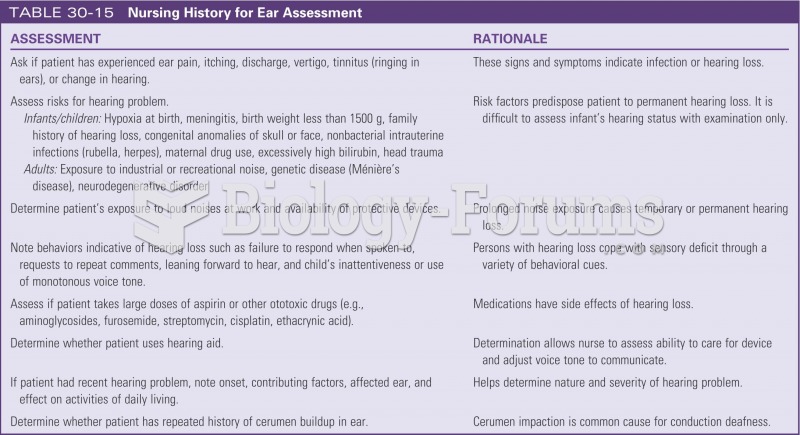Answer to Question 1
A, B, C, D
Performing hand hygiene before and after contact with the patient helps to decrease the number of microorganisms and break the chain of infection. Maintaining blood glucose levels at less than 150 mg/dL has resulted in decreased wound infection. Removing unwanted hair by clipping instead of shaving decreases the numbers of nicks and cuts caused by a razor and the potential for the introduction of microbes. Administration of an antibiotic within 30 to 60 minutes of incision time supports the defense against infection. Providing a bath and linen change is positive but is not necessarily important daily for infection control unless copious body fluids are present. The physician usually is the person who changes a dressing the first time to inspect the condition of the site, but this is done well before 7 days postoperatively.
Answer to Question 2
C
Normal reflexes include blinking in response to bright lights, startling in response to sudden loud noises, and sucking, rooting, grasping, yawning, coughing, sneezing, and hiccoughing. Assessment of these reflexes is vital because the newborn depends largely on reflexes for survival and in response to its environment. Normal physical characteristics include the continued presence of lanugo on the skin of the back; cyanosis of the hands and feet for the first 24 hours; and a soft, protuberant abdomen. Molding, or overlapping of the soft skull bones, allows the fetal head to adjust to various diameters of the maternal pelvis and is a common occurrence with vaginal births.






